Today, in cities like Mumbai, where less than 10% of commuters travel by cars, use more than 80% of the scarce road space. The rest 90% of the commuters who use either buses, autos, cycles or walk get squeezed to the sides, making their entire travel experience unsafe, chaotic and stressful.
There is a need for equitable reallocation of road space. Colours are used very effectively for reallocation of road spaces in many advanced cities around the world. Painting of roads to allocate space for various uses, such as dedicated bus and cycle lanes, parking, creating pedestrian lanes, etc. have helped efficient utilization of expensive city road space.
Today’s on-road vehicles create over 20% of global warming pollution. All major cities in the world are facing the challenge of growing traffic and congestion, which puts their economic competitiveness in crisis and impacts the city’s productivity, safety, environment, health and attractiveness. (Union of concerned scientists, 2013)
London is working towards making its road more efficient by improving the carrying capacity of the number of people than just vehicles, which occupy a lot of road space. They have introduced bus lanes by painting the lanes with red colour. This is helping London resolve its congestion problem, as increased bus usage, over 60%, has increased people-carrying capacity significantly and is now saving billions for its economies. (Greater London Authority, 2011)

New York is also now working to make their streets more “complete” and introducing bus lanes and space for cyclists and pedestrians to reduce congestion and improve traffic discipline and traffic calming on roads to make them safer.
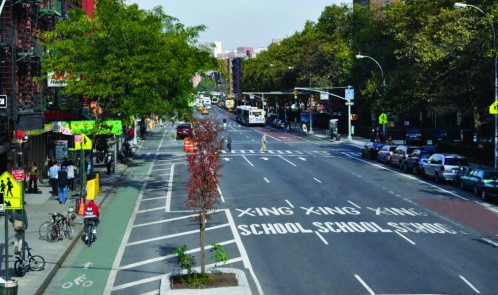
Cycle lanes painted with bright green have helped New York increase its cycle use by over 200% in the past few years. This is helping people change their habits and use more healthy travel options. This is also reducing excessive use of cars and making mobility more sustainable and environment friendly.
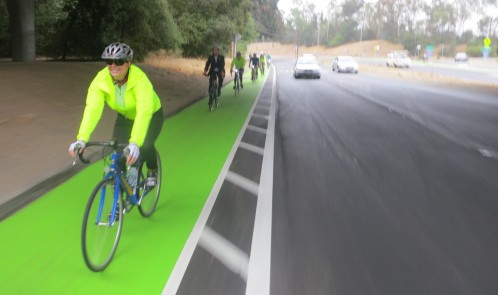
Experiments to promote cycling are also taking place in Indian cities. A small city of Diu has completed the project successfully.
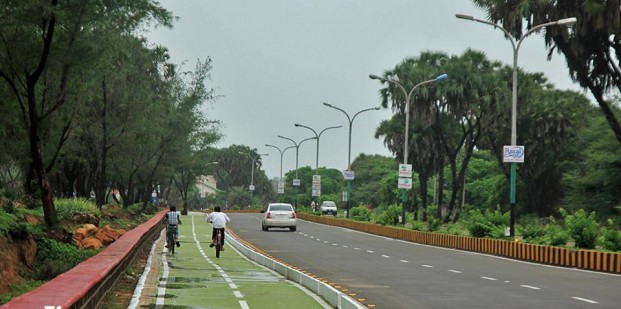
Colours are used on the street in cities like New York to improve the pedestrian traffic experience. New experiments have been extremely successful, where a road’s area painted with vibrant colours are used to turn heavy vehicular roads into pedestrian spaces, thus making streets more humane, vibrant and safer.

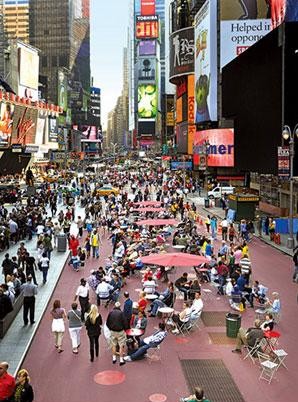
Such initiatives are improving the quality of life, which is an increasingly important factor in determining the competitiveness of world cities.

Availability of parking on road is another major concern in many cities. Many cities like Mumbai, where over 80% of on-street parking is free, fail to understand that street parking is private use of public space. It occupies very expensive and scarce road space in the city.
Thus, parking spaces need to be regulated effectively by defining them with colours on roads. The Government in London received parking fee revenue of £502?million in 2012/13, which is used for maintaining the streets.
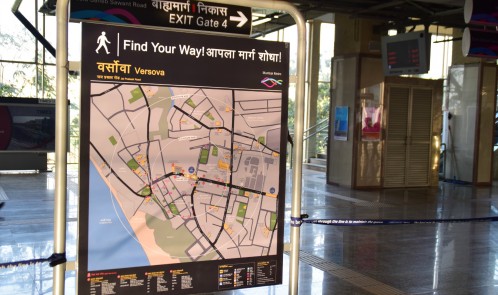
Colours codes are standards and are used as a basic distinguishing element in signages and are more legible than any language, as they can be easily understood by all segments of society.
It is observed that in the absence of proper directions, crowding on the streets increases significantly with people searching for their way.
Colours are used effectively for way-finding in many cities. Mumbai is now taking the lead in installing such way finding maps with help of my NGO MESN, at Metro stations and hopefully on all station and busy areas.

Standardisation in painting of pedestrian crossings and school zones will also help enhance road safety in the city.
There is a need for governments in Indian cities to take up innovative experiments, like London and New York and other cities, to understand the effective and efficient way of utilisating streets. Painting roads and using colours to reallocate road space to regulate traffic and create safe streets for all stakeholders is less time consuming and does not require huge investments.
If there is political will and local support, then the problem of congestion and traffic indiscipline can be resolved in most Indian cities without much investment in heavy infrastructures.
Images Courtesy: Trupti Vaitla
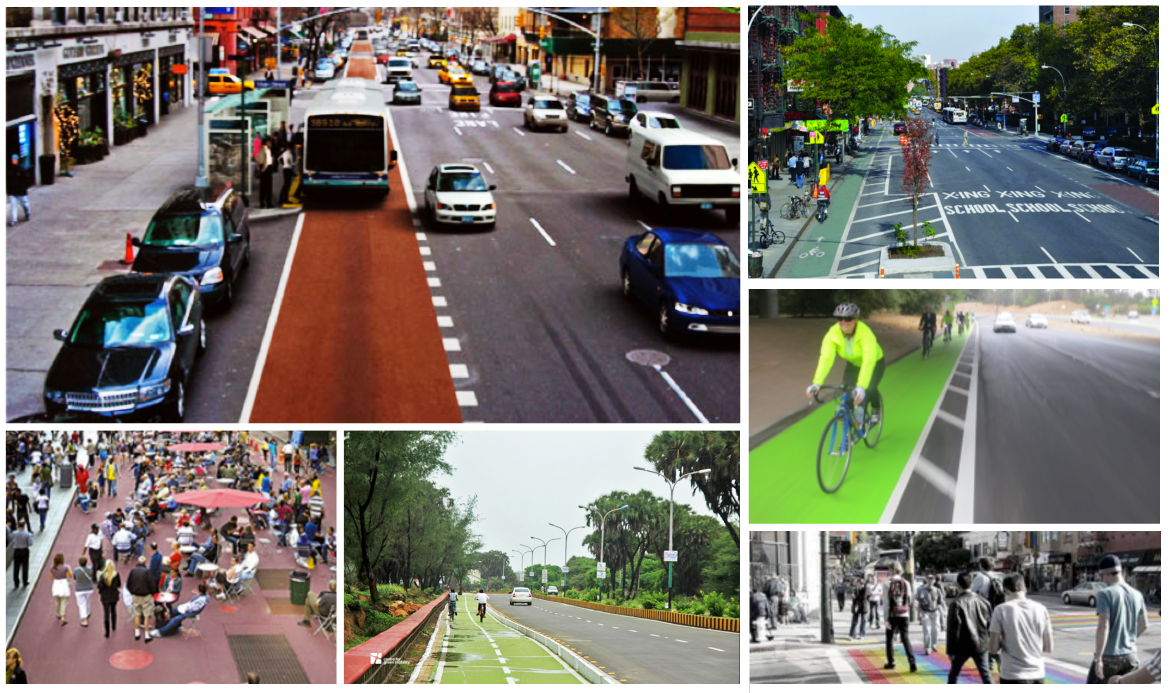


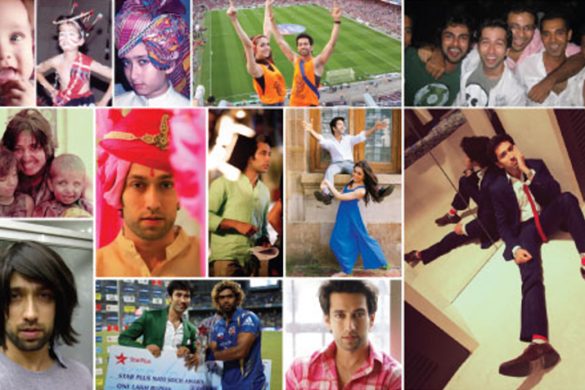


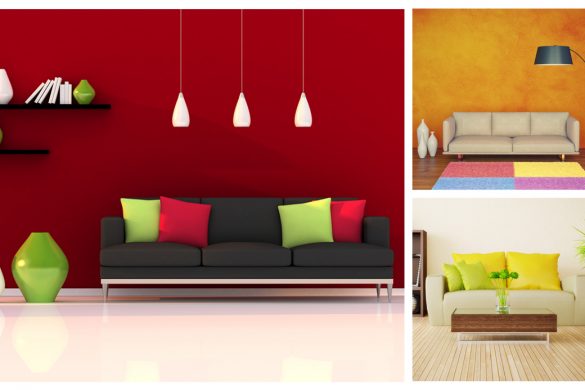
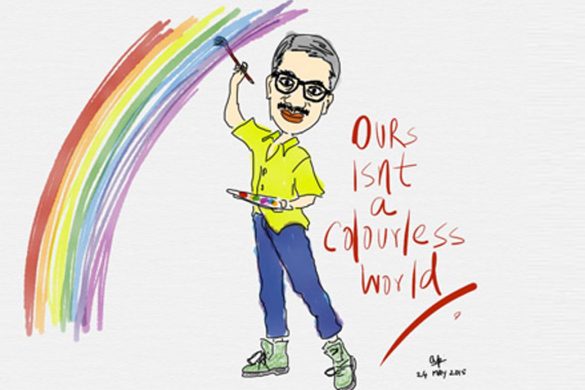
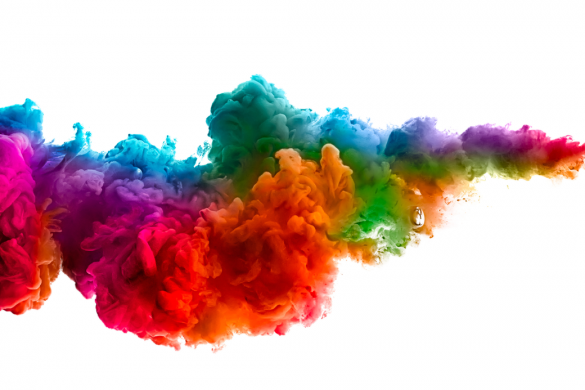
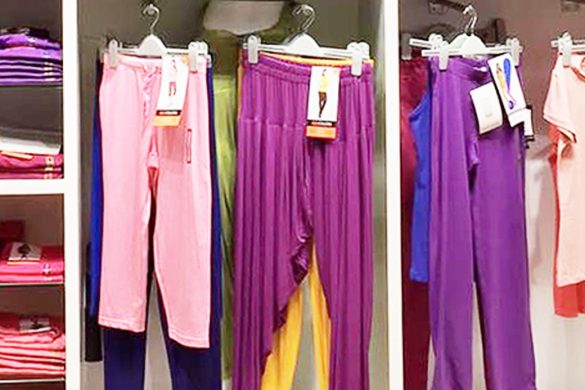
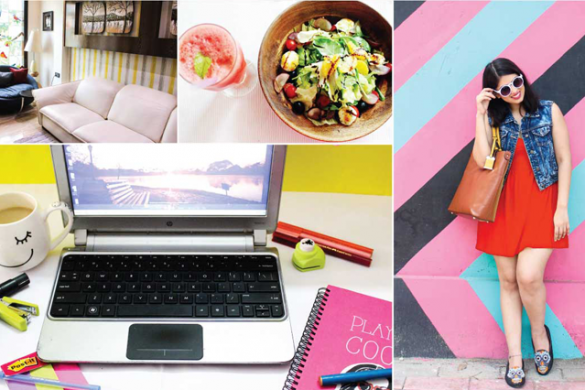


1 comment
it is a very vivid showcasing of what colors can do to roads. such use helps people observe discipline, encourage good driving practices, safety
India in general and Mumbai in particular is very color blind. we need to discover the power of colors and this article has shown it in a delightful manner. It should be a part of the road designing guide.